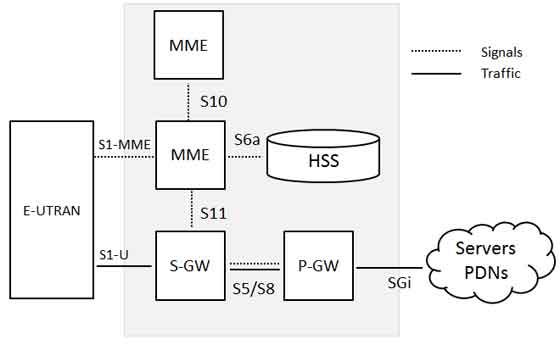How 5G is Revolutionizing Smart Cities: A Complete Guide to Next-Gen Urban Innovation
telcomatraining.com – Smart cities represent the future of urban living, where advanced digital technologies work seamlessly to improve the quality of life, boost operational efficiency, and reduce environmental impact. Core components such as smart infrastructure, mobility, governance, energy, and technology are central to this transformation. Among these technologies, 5G networks serve as a key enabler, driving unprecedented levels of efficiency, connectivity, and innovation. This article explores how 5G technology enhances smart cities, delving into its technical capabilities, applications, and real-world impact.
Enhanced Connectivity: The Backbone of 5G
5G technology is more than just an upgrade from its predecessor—it’s a revolutionary leap forward. Its capabilities make it uniquely suited for the demands of smart cities, offering:
- Small-Cell Networks
5G relies on small-cell networks, which use a dense grid of low-power base stations. This infrastructure ensures consistent connectivity across urban areas, even in densely populated regions, making it ideal for large-scale data transmission. - Increased Data Capacity
5G supports significantly higher data rates, minimal latency, and the ability to connect millions of devices simultaneously. These features ensure uninterrupted communication between devices, enabling cities to process massive amounts of data in real time. - Smart City Solutions
The robust connectivity provided by 5G allows city officials to implement and scale smart technologies, such as AI-driven analytics and IoT (Internet of Things) devices, with greater efficiency and reliability.
Applications of 5G in Smart Cities
The integration of 5G into urban systems has opened up new possibilities across various sectors, including transportation, public safety, and citizen services.
- Transportation and Traffic Management
Sensors embedded in roads, traffic lights, and vehicles collect data in real time. Using 5G connectivity, cities can analyze this data to optimize traffic flow, reduce congestion, and enhance public transportation systems. For example, autonomous vehicles rely heavily on 5G to communicate with each other and the surrounding infrastructure, ensuring safe and efficient operation. - Public Safety and Emergency Response
5G enables rapid communication and data sharing during emergencies. High-resolution surveillance cameras and real-time monitoring systems powered by 5G help law enforcement and disaster management teams respond more effectively. Additionally, it allows for the deployment of drones and robotic systems in search-and-rescue operations, improving outcomes during natural disasters. - Enhanced Citizen Services
From healthcare to education, 5G supports a wide array of smart city services. Remote healthcare solutions, such as telemedicine and real-time health monitoring, become more reliable with 5G’s low latency and stable connections. Similarly, in education, 5G enables immersive experiences through virtual and augmented reality, making remote learning more interactive and effective.
Beyond Science Fiction: Real-World Impact
What was once the stuff of science fiction is now becoming a reality. Imagine a city where infrastructure and services dynamically adjust based on real-time data.
Smart buildings can monitor energy usage, water consumption, and air quality, ensuring sustainability. Responsive infrastructure like bridges and roads equipped with IoT devices can communicate their condition, alerting authorities to maintenance needs before failures occur. Urban data collected via 5G aids policymakers in designing cities that are more efficient, livable, and sustainable. These scenarios highlight how 5G transforms cities into living entities that adapt to and anticipate the needs of their inhabitants.
Conclusion: 5G as the Driving Force of Urban Innovation
The integration of 5G networks into smart city ecosystems represents a transformative step toward the future of urban living. By providing unparalleled connectivity, low latency, and massive data-handling capabilities, 5G bridges the gap between ambitious urban planning and practical implementation.
As more cities embrace this technology, we are witnessing the dawn of a new era—one where connectivity serves not just as a tool but as the foundation for creating smarter, safer, and more sustainable communities. Whether it’s optimizing traffic, enhancing public safety, or revolutionizing citizen services, 5G is the catalyst that will redefine the way we live and interact in urban environments.







